Frying with Olive Oil: Your Kitchen’s Best-Kept Health Secret
You want golden edges, clean flavor, and a light finish. Olive oil delivers all three. My pans see plenty of olive oil, and results stay crisp, fragrant, and satisfying.
Why Olive Oil Works For Health And Taste
Olive oil brings monounsaturated fat, vitamin E, and phenolic antioxidants. Those nutrients support heart health and calm kitchen stress on food. Heating under sensible temperatures keeps nutrients stable. Mediterranean cooks have relied on this approach for generations.
Heat And Smoke Point, Made Simple
Extra-virgin olive oil handles typical pan work. Home sauté and shallow fry stay near 150 to 190 C. That range sits below common smoke readings for extra-virgin bottles. When wisps rise early, heat runs too high for any oil, so lower the flame and reset.
Signs Of Overheating
Visible smoke, a sharp smell, or foaming signals trouble. Move the pan off heat. Wipe, add fresh oil, and begin again with moderate flame.
Health Upside In Everyday Cooking
Monounsaturated fat holds steady during pan work. Phenolic compounds survive and move into food during frying. Vegetables gain better access to fat-soluble vitamins A, D, E, and K. Balance stays stronger compared with many seed oils high in fragile polyunsaturates.
Flavor Pairings That Shine
Olive oil brings grassy, nutty, or peppery notes, depending on the bottle. Those notes flatter many ingredients. Think sweet onions, soft zucchini, or thin cutlets. A squeeze of lemon or a spoon of vinegar brightens the finish.
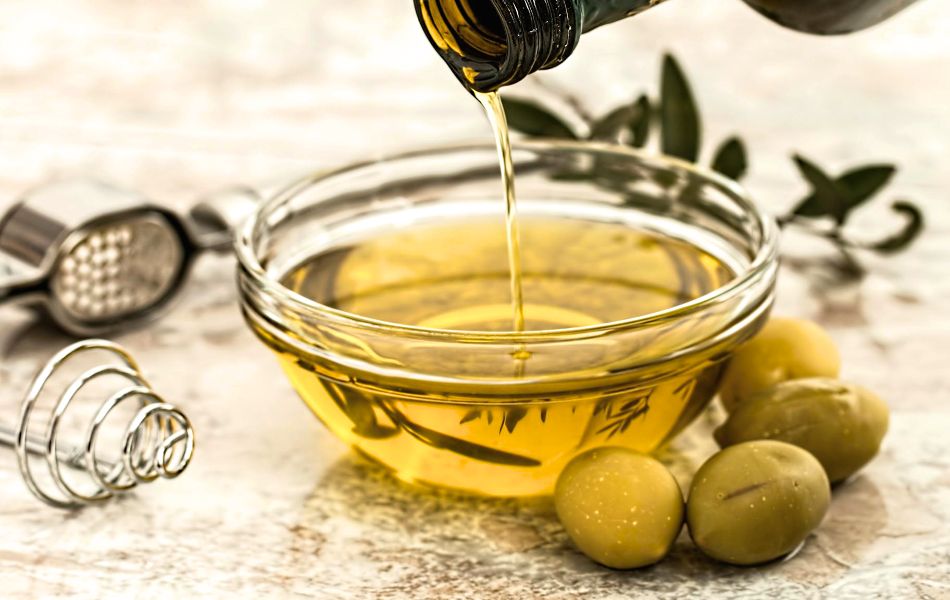
1. Vegetables
Eggplant, zucchini, peppers, tomatoes, mushrooms, and potatoes love a shallow pool. Salt near the end for clean seasoning. Herbs like oregano or thyme add a gentle lift.
2. Seafood
Shrimp, white fish, sardines, and calamari turn tender with quick heat. Pat surfaces dry first. Finish with parsley and citrus for a light, savory plate.
3. Eggs And Poultry
Olive oil builds lacy edges on fried eggs. Thin chicken or turkey cutlets brown fast and stay juicy. Paprika or lemon pepper keeps seasoning lively.
Picking The Right Bottle
Extra-virgin olive oil offers the fullest flavor and strong antioxidants. Virgin versions taste milder and still work well for pans. Refined or “light” olive oil brings higher smoke tolerance and a gentler profile. Choose based on flavor goals and heat level for the recipe.
Storing For Freshness
Keep oil in a cool, dark spot. Close the cap firmly after each pour. Dark glass or metal protects flavor. Buy sizes you finish within a month or two for peak aroma.
Kitchen Rules For Safe, Tasty Results
- Start with a cool pan, then add oil, then warm slowly over medium heat
- Use enough oil to gloss the surface for even browning
- Test with a small piece of food, seek a lively but controlled sizzle
- Wipe the pan between batches when oil darkens
- Avoid crowding, space allows steam to escape and edges to crisp
- Season after frying to prevent burnt spices
Frying with Olive Oil: Common Myths, Clarified
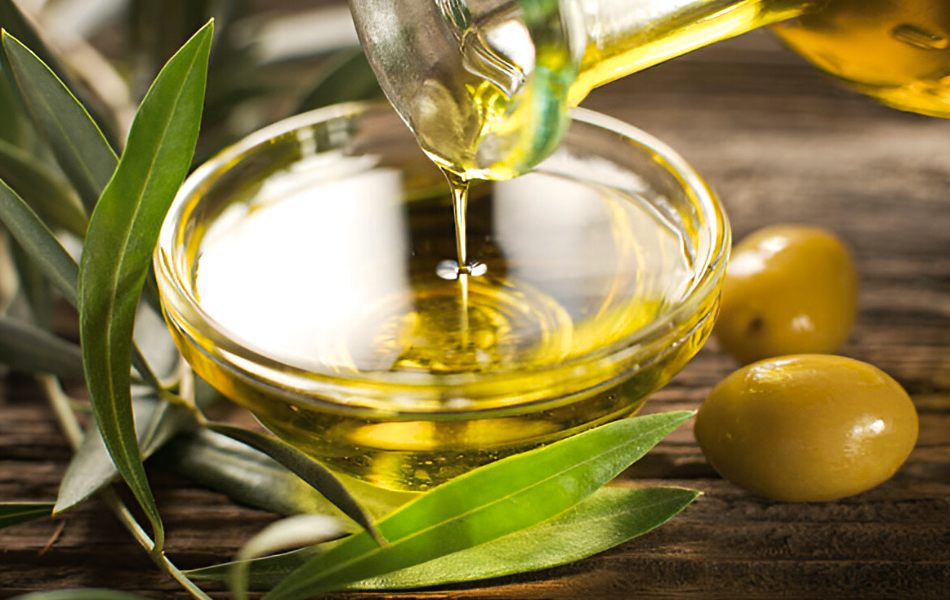
Myth: Olive oil turns toxic during frying.
Truth: Sensible temperatures preserve stability and flavor.
Myth: Frying wastes premium oil.
Truth: Heat draws flavor into food and keeps aromas vivid.
Myth: Only “light” olive oil suits frying.
Truth: Extra-virgin handles everyday pan work, while refined versions suit higher heat or neutral flavor goals.
When To Choose Other Oils
Deep frying above 200 C favors oils with very high smoke readings. Avocado or peanut oil suits long, hot sessions. Save extra-virgin bottles for sauté, shallow frying, and searing, where flavor matters most.
Simple Fry Guide
| Method | Oil choice | Temp guide | Notes |
|---|---|---|---|
| Sauté vegetables | Extra-virgin | 150–175 C | Bold, fruity finish |
| Pan-fry cutlets | Extra-virgin or virgin | 165–185 C | Rich browning |
| Shallow-fry seafood | Extra-virgin | 165–185 C | Delicate, nutty notes |
| Deep fry | Refined or light | 185–200 C | Neutral profile |
Five Fast Recipes For Weeknights
1. Lemon-Garlic Zucchini
Warm olive oil over medium heat. Add sliced zucchini and a pinch of salt. Toss until edges brown. Finish with minced garlic, lemon zest, and parsley.
2. Crispy Sardine Toasts
Toast country bread. Sear sardines in olive oil for one minute per side. Rub toast with a cut clove of garlic. Top with sardines, lemon juice, and chopped capers.
3. Paprika Chicken Cutlets
Pound chicken thin. Dust with sweet paprika, salt, and pepper. Pan-fry in olive oil two minutes per side. Serve with a quick lemon and herb salad.
4. Tomato-Herb Eggs
Heat olive oil until a drop of water flicks away. Crack in eggs. Add cherry tomato halves. Cook until whites set. Shower with oregano and a little feta.
5. Golden Potato Coins
Slice potatoes into thin rounds. Soak in cold water, then dry well. Heat olive oil and fry until each side is golden and lightly crisp. Salt and serve with vinegar on the side.
Troubleshooting
Soggy texture often comes from low heat or crowding. Raise heat slightly and space pieces. Bitter flavor points to oil past prime or overheated pans. Refresh with a clean wipe and new oil. Greasy results suggest too much time in the pan, so aim for thinner cuts and shorter sessions.
Smart Prep Moves
Dry surfaces thoroughly before frying. Moisture cools oil and sparks splatter. Bring proteins toward room temperature for even browning. Slice vegetables evenly for steady doneness. Keep tongs and a slotted spatula nearby for quick flips and clean lifts.
Shopping And Label Tips
Seek harvest dates when possible. Fresher bottles taste brighter. Regional seals and reputable mills raise confidence. Clear glass under strong lights invites staleness, so reach for dark glass or tins. Price signals quality only sometimes, so trust aroma and flavor at home.
Waste Less, Enjoy More
Measure oil instead of pouring freely. Two to three tablespoons often cover a large pan. Strain warm leftovers through a fine mesh if flavor remains pleasant, then use for one repeat session at lower heat. Discard once aroma turns sharp or color runs too dark.
A Sunday Ritual From My Stove
Weekend mornings bring fried eggs in olive oil. Edges bubble and turn crisp. Yolks stay silky and bright. A dusting of smoked paprika and salt finishes a simple, happy plate.
See Also – 7 Healthy Substitutes for Avocado Oil & How to Use Them
Final Take For Home Cooks
Frying with olive oil rewards health and flavor when heat stays moderate and technique stays mindful. Choose a bottle with character, store with care, and season with restraint. Vegetables, seafood, eggs, and thin cutlets all shine through this approach.
Use these steps for steady success across recipe after recipe. Your pans will sing, your meals will feel light, and your table will welcome seconds with a smile.

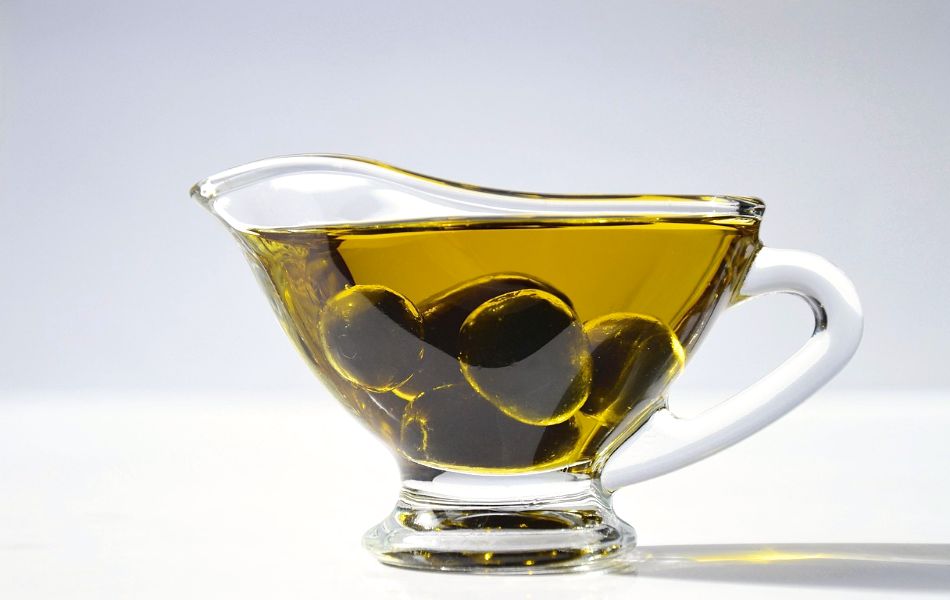
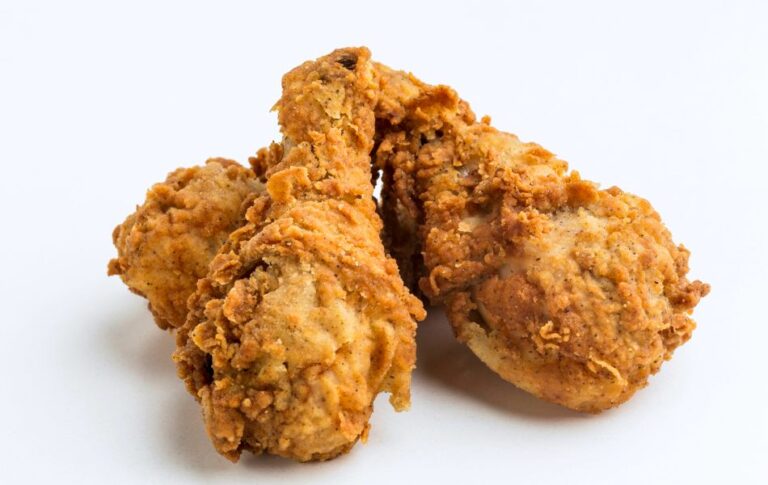
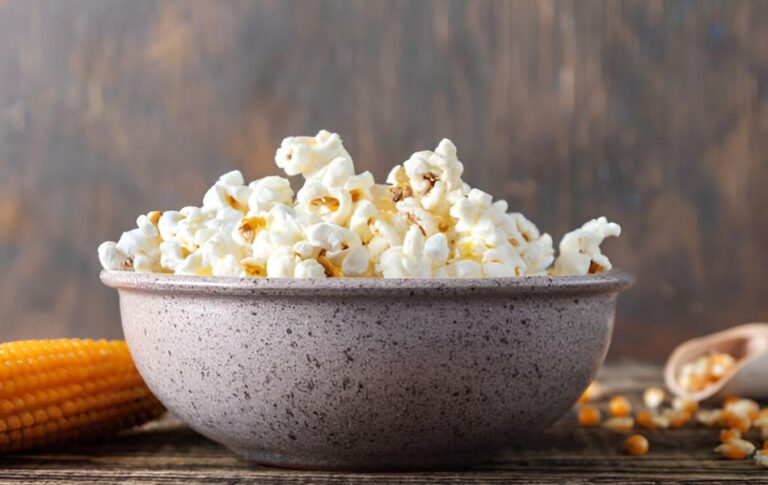
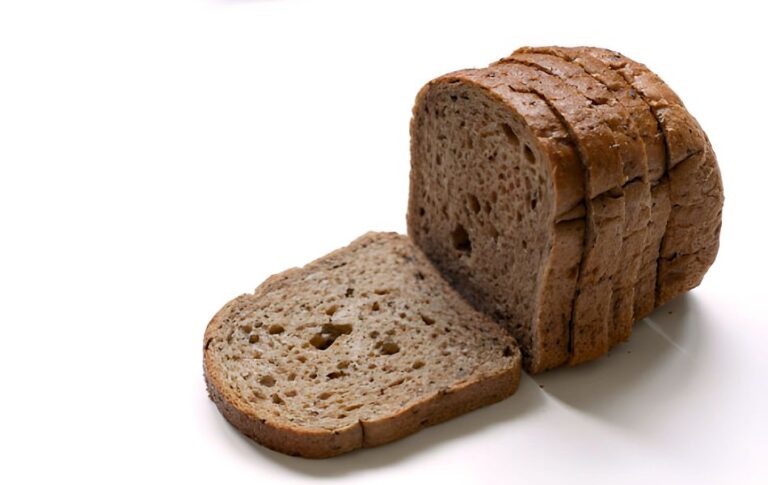
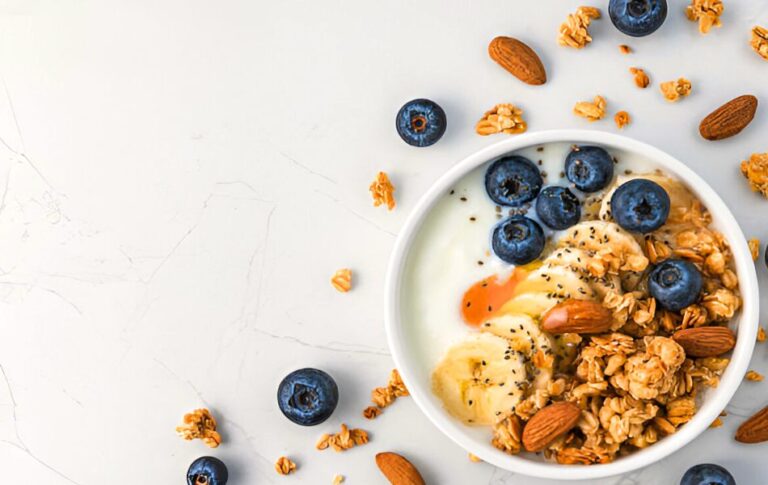
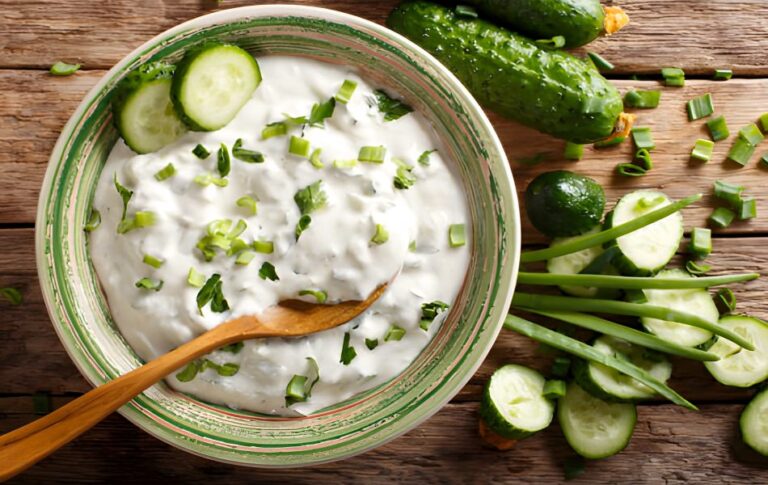
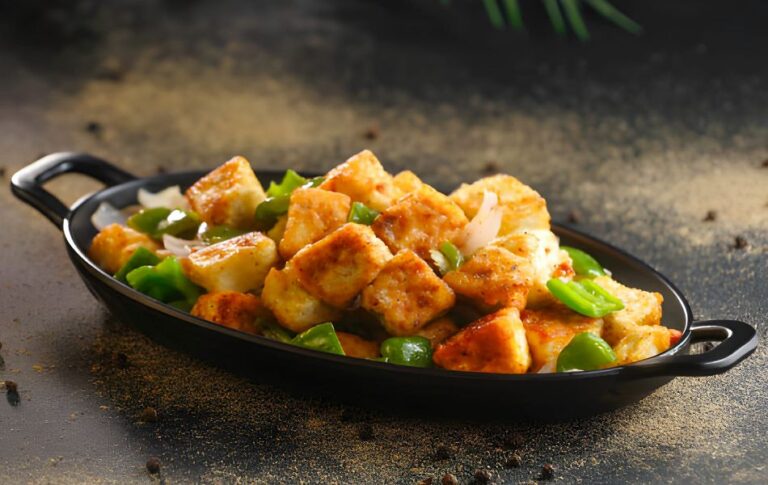
I appreciate the clarification about olive oil’s smoke point. It’s reassuring to know it’s suitable for most frying methods, but I still prefer extra virgin for flavor in low-heat dishes.